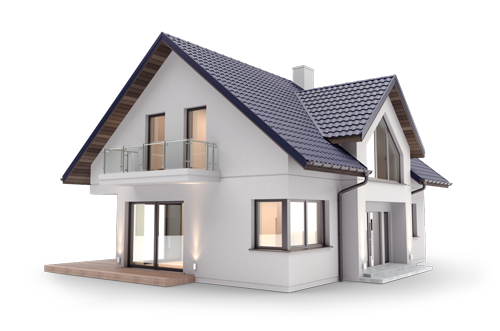What are the main benefits of installing a home elevator?
Home elevators improve accessibility for individuals with mobility challenges and add a touch of luxury and convenience to multi-level living. They can also increase the value of your home and future-proof it for aging in place.
How much space is needed for a home elevator?
Modern home elevators come in a variety of sizes and configurations. Some models require a small footprint of just 20–25 square feet, and certain shaftless or through-the-floor designs are ideal for homes with limited space.
Are home elevators safe to use?
Yes. Home elevators are equipped with multiple safety features such as emergency stop buttons, battery backup, interlocks, and smooth start/stop technology to ensure a safe and reliable ride.
How much does a home elevator cost?
The cost varies depending on the type, size, features, and installation complexity. On average, residential elevators range from $25,000 to $60,000 including installation, though luxury models or extensive construction may increase that cost.
Can home elevators be customized to match my home’s design?
Absolutely. Many home elevators offer customizable options such as wood finishes, glass panels, lighting, flooring, and stainless steel or matte fixtures to blend seamlessly with your home’s aesthetic.


